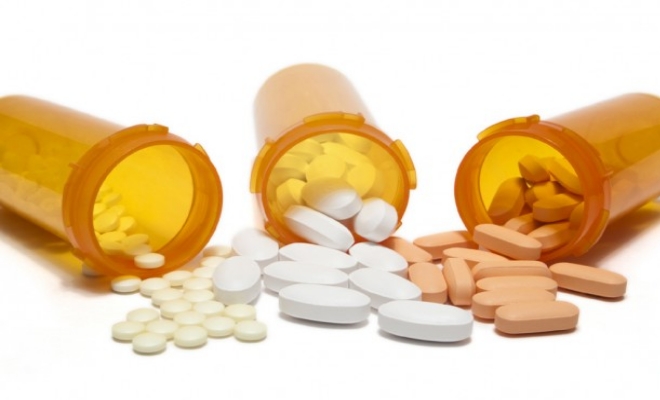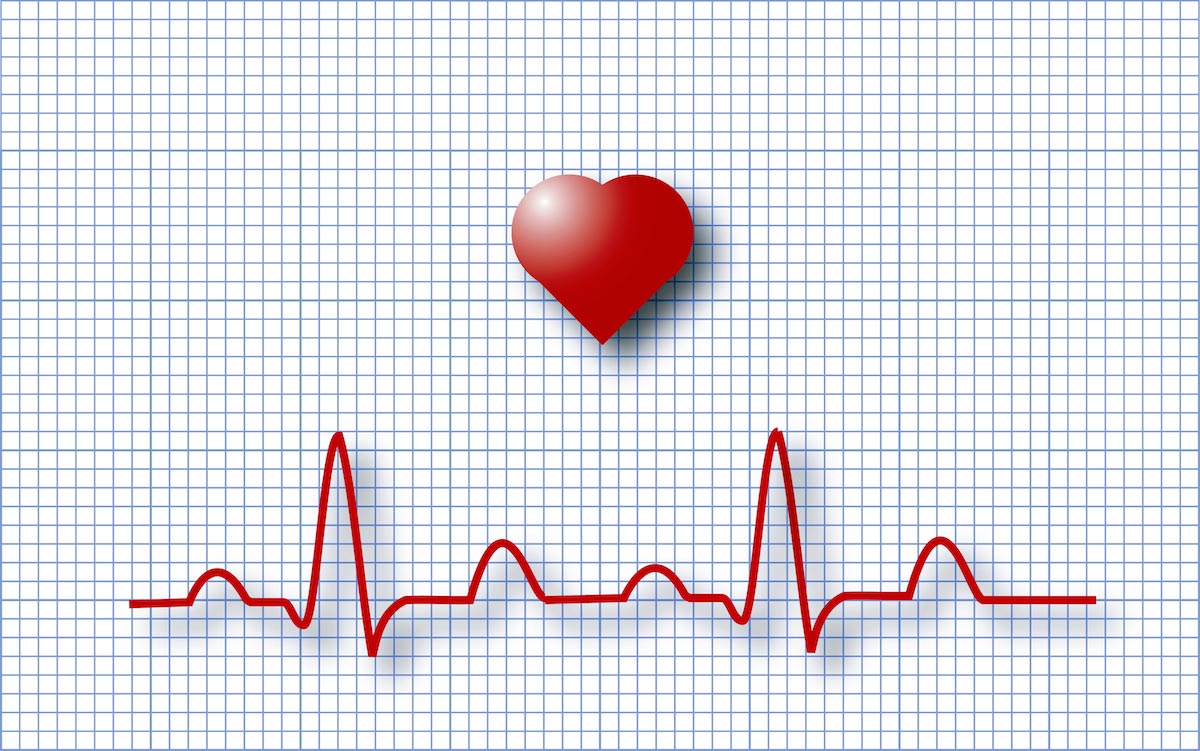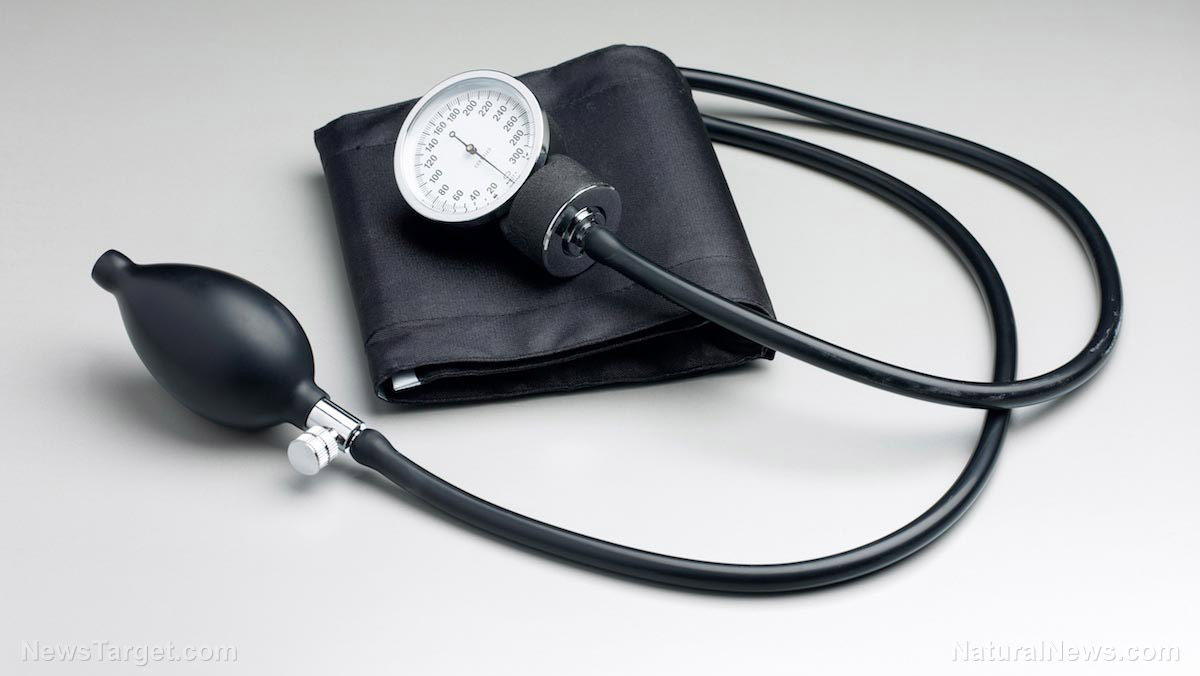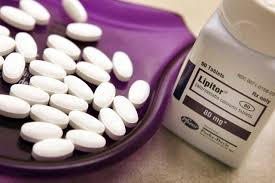How low is too low? Lowering “bad” cholesterol by using medication could be bad for you, warn experts
02/16/2020 / By Lance D Johnson
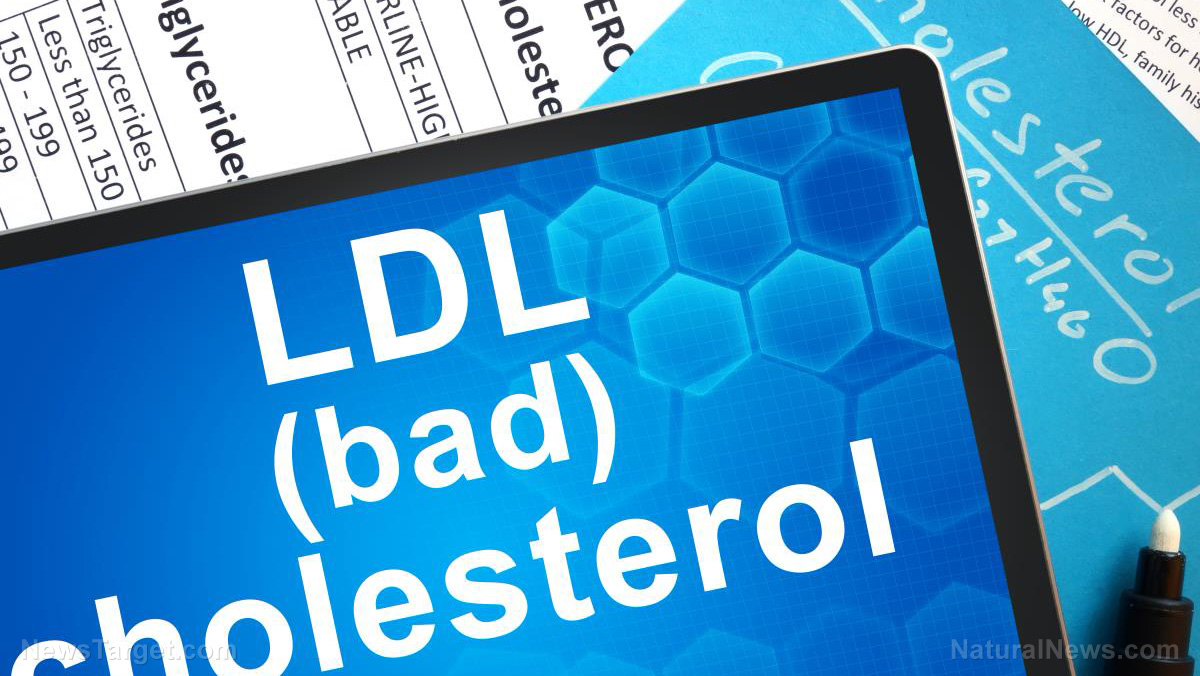
Is there really “good” cholesterol and “bad” cholesterol? The medical community has branded low density lipoprotein, or LDL, cholesterol “bad” because high levels are linked to plaque buildup in the arteries, heart disease, and risk of ischemic stroke.
However, a new study from Penn State University argues that LDL cholesterol is necessary in moderate amounts. LDL cholesterol is not altogether “bad” because the right balance of this waxy fat-like substance is needed in order for the body to make hormones, produce vitamin D, and produce the metabolites that aid in digestion.
Forcing LDL cholesterol levels too low can have deadly consequences
The Penn State study shows that low LDL cholesterol levels may actually be dangerous and lead to an increased risk of hemorrhagic stroke. This is when a blood vessel bursts in the brain.
Lead author Dr. Xiang Gao, an associate professor of nutritional science at Penn State wrote, “As is true with many things in nutrition, moderation and balance is key when deciding the optimal target level of LDL cholesterol. You can’t go to either extreme — too high or too low.”
Doctors typically recommend that patients get their LDL cholesterol levels below 100 milligrams per deciliter. Patients at high risk of heart problems are often put on cholesterol lowering drugs to ensure their levels stay below 70 milligrams per deciliter. But, pushing the LDL level too low may increase one’s risk of hemorrhaging stroke by 65%.
The study involved roughly 96,000 participants from Tangshan, China. None of the participants had a family history of heart attack, cancer or stroke. Doctors measured the participant’s cholesterol levels every year for nine years. During the nine year period, there were 753 cases of hemorrhagic stroke, representing less than one percent of the population.
Taking a closer look, hemorrhagic stroke was 65% more likely for participants whose LDL cholesterol levels were below 70 mg/dL, compared to LDL levels between 70 and 99 mg/dL. Hemorrhagic stroke was even more prominent for participants with LDL cholesterol levels below 50 mg/dL. These people were twice as likely to suffer from a burst blood vessel in the brain.
Because cholesterol is important in the formation of cell membranes, when levels get low, red blood cells become weaker. Red blood cells, suffering from a shortage of cholesterol, are more likely to rupture. Because LDL cholesterol helps blood clot, low LDL levels increase bleeding risk. This is a dangerous formula that can lead to hemorrhagic stroke and brain bleeds.
Statin therapy could increase hemorrhagic stroke risk in healthy patients
Statin therapy is commonly used to lower LDL cholesterol, lessen plaque buildup in arteries and prevent ischemic stroke, but doctors should monitor patients to make sure that their cholesterol levels are not too low.
“Multiple randomized clinical trials tell us that statin therapy can reduce the risk of heart attacks and strokes by 25% to 50%, even among individuals with normal or low cholesterol,” says Dr. Ridker, director of the Center for Cardiovascular Disease Prevention at Harvard-affiliated Brigham and Women’s Hospital.
Dr. Ridker is referencing a study published in The Lancet, which included 174,000 people and determined that their risk of cardiovascular events can be reduced by 20 percent over a five year period if a statin is used to lower their cholesterol by 40 mg/dL.
On top of statins’ other side effects — like muscle wasting, cognitive decline, diabetes, rapid aging, and mitochondrial dysfunction — doctors should be wary of this newly discovered risk. If medicating LDL levels down 40mg/dL means the patient’s level fall below 75 mg/dL, they could be nearly twice as likely to suffer from an unnecessary cardiovascular event called hemorrhagic stroke.
For more on this topic visit Statins.News.
Sources include:
Tagged Under: brain bleed, cardiovascular event, cell membranes, cholesterol, heart health, hemorrhagic stroke, LDL cholesterol, red blood cells, statins
RECENT NEWS & ARTICLES
COPYRIGHT © 2017 STATINS NEWS



